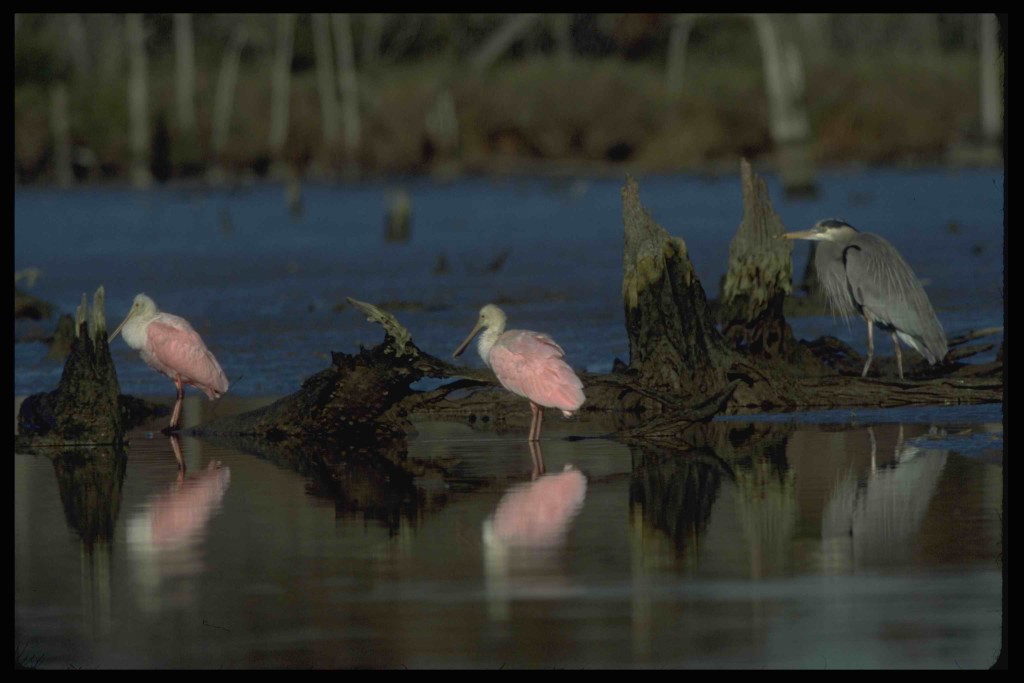Executive Order 13158
Marine Protected Areas (MPAs) include all state and federal marine reserves and preserves. In 2000, President Clinton issued Executive Order 13158 to “strengthen the management, protection, and conservation of existing marine protected areas and establish new or expanded MPAs.” MPAs are defined as “any area of the marine environment that has been reserved by federal, state, tribal, territorial, or local laws or regulations to provide lasting protection for part or all of the natural and cultural resources therein.” MPAs “span a range of habitats including areas in the open ocean, coastal areas, inter-tidal zone, estuaries, and Great Lakes waters.” There is no specific format or legal arrangement for MPAs in the U.S. and there are different levels of protection and restrictions within the MPAs.
The MPA Executive Order does not establish any new regulatory authority, but rather provides for federal interagency and state coordination. Towards that end, a national MPA Center has been established under NOAA (Office of Coastal Resource Management). In addition to strengthening and expanding the existing network, the E.O also requires the development of a scientifically based, comprehensive national system of MPAs representing diverse U.S. marine ecosystems and natural and cultural resources, and the avoidance of harm to MPAs through federally conducted, approved, or funded activities.
National Marine Sanctuaries Act
There is statutory authority for the creation of regulated marine protected areas, however, within the National Marine Sanctuaries Act (NMSA). (Vann, 2009). The NMSA is similar to the Magnuson Act provisions for essential fish habitat in that it focuses on preserving entire marine ecosystems. There are currently 2 marine national monuments and 13 national marine sanctuaries, the largest of which is the Monterey Bay National Marine Sanctuary in California. From a policy point of view, the National Marine Sanctuary concept is interesting in that it provides an opportunity for integrated management of an ecosystem that straddles the coastal and marine environment. As stated in the Monterey Bay NMS EIS: “No entity looks to the welfare of all the living and non-living resources of the ecosystem of this entire marine area. Cumulative impacts on the resources, arising from various activities subject to the jurisdiction of separate agencies, may escape the attention of any single agency.”
The NMSA provides the sanctuaries with considerable regulatory and enforcement powers. Permits must be obtained for otherwise prohibited activities, such as dredging and filling. The Act does not talk about wetlands per se, but the Florida Keys NMS specifically mentions mangroves as one of its protected areas. The NMSA could therefore provide an important tool for managing wetlands in an environment of changing climate.




